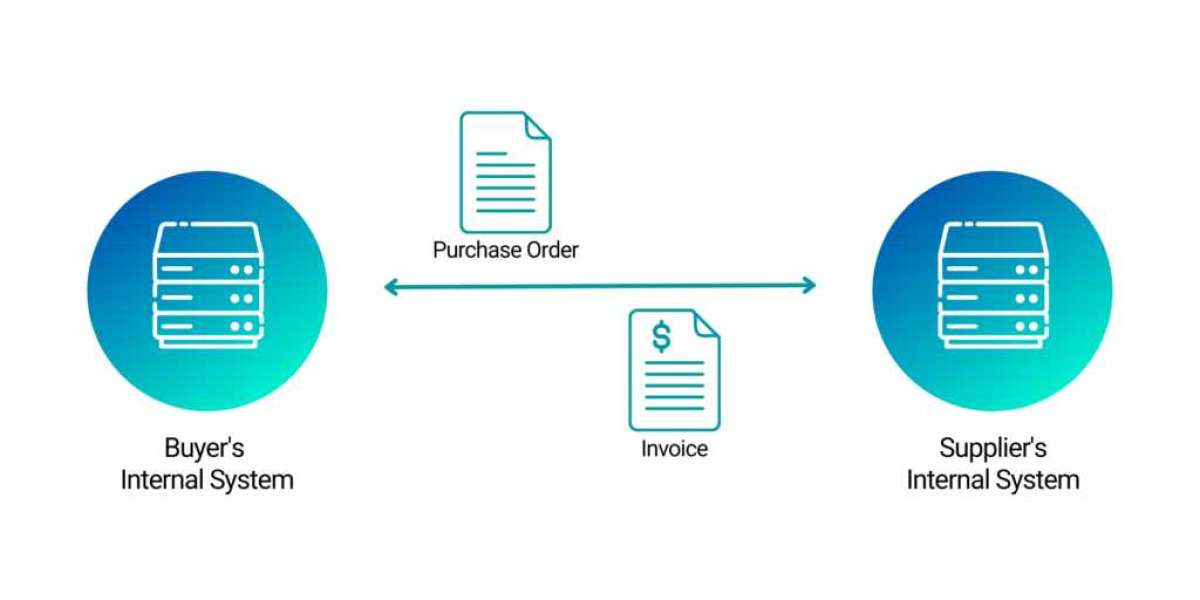Industry 4.0 refers to the current trend of automation, data exchange, and smart technologies in manufacturing and industrial processes. It represents the fourth major phase of industrial evolution, characterized by: Industry 4.0 Industry
Cyber-Physical Systems (CPS)
Internet of Things (IoT)
Cloud Computing
Artificial Intelligence (AI)
Big Data Analytics
Additive Manufacturing (3D Printing)
Autonomous Robots
Digital Twins
The Evolution of Industrial Revolutions
| Revolution | Time Period | Key Innovation |
|---|---|---|
| 1.0 | Late 1700s | Mechanization (Steam Engine) |
| 2.0 | Early 1900s | Mass Production (Assembly Lines, Electricity) |
| 3.0 | 1970s | Automation (Computers, PLCs) |
| 4.0 | 2010s-Present | Smart Factories (IoT, AI, Robotics) |
Key Technologies Driving Industry 4.0
1. Industrial Internet of Things (IIoT)
Connects machines, sensors, and devices for real-time monitoring.
Enables predictive maintenance to reduce downtime.
2. Big Data AI Analytics
Processes vast amounts of factory data to optimize production.
Uses machine learning for quality control and defect detection.
3. Cyber-Physical Systems (CPS)
Integrates physical machinery with digital controls.
Example: Smart robots adjusting operations in real-time.
4. Additive Manufacturing (3D Printing)
Enables on-demand, customized production.
Reduces waste compared to traditional subtractive manufacturing.
5. Digital Twins
Virtual replicas of physical assets for simulation and testing.
Helps in optimizing performance before real-world implementation.
6. Cloud Edge Computing
Cloud – Stores and processes massive datasets.
Edge – Enables real-time decision-making at the source (e.g., factory floor).
7. Autonomous Robots Cobots
Autonomous robots handle complex tasks (e.g., material handling).
Collaborative robots (cobots) work safely alongside humans.
8. Augmented Reality (AR) Virtual Reality (VR)
AR assists workers with real-time data overlays (e.g., maintenance guides).
VR trains employees in a simulated environment.
Benefits of Industry 4.0
| Advantage | Impact |
|---|---|
| Increased Efficiency | Optimized production with AI-driven insights. |
| Reduced Downtime | Predictive maintenance prevents machine failures. |
| Mass Customization | 3D printing allows for personalized products. |
| Lower Costs | Energy savings, reduced waste, and optimized logistics. |
| Improved Safety | AI monitors hazards; cobots reduce worker strain. |
Industry 4.0 Use Cases
1. Smart Factories
Machines self-optimize production schedules.
Example: Siemens' Amberg Plant operates with 75% automation.
2. Predictive Maintenance
Sensors detect wear-and-tear before breakdowns.
Example: GE Aviation uses AI to predict jet engine failures.
3. Supply Chain Optimization
Real-time tracking of goods via IoT sensors.
Example: Amazon’s Smart Warehouses use robots for faster fulfillment.
4. Energy Management
AI optimizes power usage in manufacturing plants.
Example: Tesla Gigafactories use renewable energy + smart grids.
5. Quality Control
Computer vision detects defects in real-time.
Example: BMW uses AI to inspect car paint quality.
Challenges of Adopting Industry 4.0
| Challenge | Solution |
|---|---|
| High Implementation Cost | Start with pilot projects, then scale. |
| Cybersecurity Risks | Use blockchain zero-trust security models. |
| Workforce Skill Gaps | Upskill employees with digital training. |
| Data Integration Issues | Adopt interoperable IoT platforms. |
The Future of Industry 4.0 (Industry 5.0?)
AI-Driven Autonomous Factories – Fully lights-out manufacturing.
Human-Centric Automation – Cobots working seamlessly with humans.
Sustainable Manufacturing – Green tech + circular economy models.
5G-Powered Smart Plants – Ultra-fast, low-latency connectivity.



